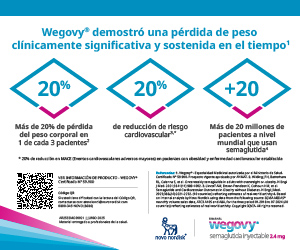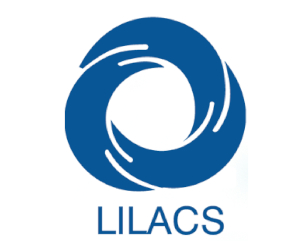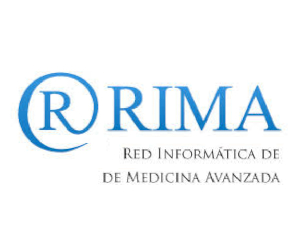Enfermedad renal diabética: definición, diagnóstico, distintos estadios evolutivos, clasificación
DOI:
https://doi.org/10.47196/diab.v51i3.103Palabras clave:
enfermedad renal, estadios evolutivos de filtración glomerular, albuminuria, clasificaciónResumen
La enfermedad renal crónica (ERC) se clasifica en función de la causa, el estadio de la filtración glomerular y la albuminuria. La enfermedad renal diabética (ERD) según las categorías de fil- tración glomerular (FG) y la cuantificación de la albuminuria. La enfermedad renal (ER) se define con FG ≤60 mil/min, mientras que insuficiencia renal (IR) abarca los estadios G en adelante. El nivel de excreción urinaria de albúmina, asociado a la velocidad de filtración glomerular, establece el pronóstico de la enfermedad renal crónica. Un porcentaje significativo de pacientes (del 20 al 48%) se presenta con una reducción de la tasa de filtración glomerular sin albuminuria significativa.
Citas
Fineberg D, Jandeleit-Dahm K, Cooper M. Diabetic ne- phropathy: diagnosis and treatment. Nat Rev Endocri- nol 2013; 9: 713-723.
National Kidney Foundation. KDIGO 2012 Clinical prac- tice guideline for the evaluation and management of chronic kidney disease. Kidney Int. Suppl 2013; 3:1-150.
Thorn LM, Gordin D, Harjutsalo V, et al. Presence and consequence of nonalbuminuric chronic kidney disea- se in patients with type 1 diabetes. Diabetes Care 2015; 38:2128-33.
Papadopoulou-Marketou N, Chrousos GP, Kanaka-Gan- tenbein C. Diabetic nephropathy in type 1 diabetes: a review of early natural history, pathogenesis and diag- nosis. Diabetes Metab Res Rev 2017; 33(2).
Huang M, Liang Q ,Li P, et al. Biomarkers for early diag- nosis of type 2 diabetic nephropathy: a study based on an integrated biomarker system. Mol. BioSyst 2013; 9(8):2134-41.
Papale M, Di Paolo S, Magistroni R, et al. Urine pro- teome analysis may allow noninvasive differential diagnosis of diabetic nephropathy. Diabetes Care 2010; 33(11):2409-15.
Zürbi P, Jerums G, Hovind P, et al. Urinary proteomics for early diagnosis in diabetic nephropathy. Diabetes 2012; 61(12):3304-13.
Laranjinha I, Matias P, Mateus S, et al. Diabetic kidney disease: is there a non- albuminuric phenotype in type 2 diabetic patients? Nefrología 2016; 36(5) 503-9.
Retnakaran R, Cull CA,Thorne KI, UKPDS Study Group. Risk factors for renal dysfunction in type 2 Diabetes. U.
K. Prospective Diabetes Study 74. Diabetes 2006; 55(6): 1832-9.
Tervaert TH, Mooyart AL, Amann K, et al. Pathologic classification of diabetic nephropathy. J Am Soc Ne- phrol 2010; 21(4): 556-63.
Chenyang Q, Xing M, Zhigang Z, Huijuan W. Classifica- tion and differential diagnosis of diabetic nephropaty. J Diab Res 2017: article ID 8637138, 7.
Descargas
Publicado
Número
Sección
Licencia

Esta obra está bajo una licencia internacional Creative Commons Atribución-NoComercial-SinDerivadas 4.0.
Dirección Nacional de Derecho de Autor, Exp. N° 5.333.129. Instituto Nacional de la Propiedad Industrial, Marca «Revista de la Sociedad Argentina de Diabetes - Asociación Civil» N° de concesión 2.605.405 y N° de disposición 1.404/13.
La Revista de la SAD está licenciada bajo Licencia Creative Commons Atribución – No Comercial – Sin Obra Derivada 4.0 Internacional.
Por otra parte, la Revista SAD permite que los autores mantengan los derechos de autor sin restricciones.




























